Information on the latest smart CCCD with chips is of great interest to many people due to its convenience and modernity. If you have any questions regarding the new CCCD, please refer to the following article, where we have compiled the most frequently asked questions.
1 What is a CCCD with a chip?
A CCCD with a chip, also known as an e-ID card, is a smart device that integrates a large amount of data to identify you. Therefore, it serves as an identification and authentication device and acts as a key to access information in the national database system.
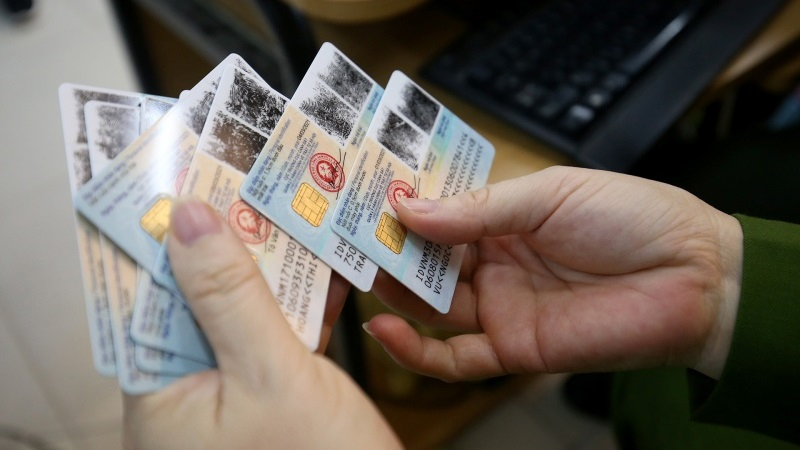 What is a CCCD with a chip?
What is a CCCD with a chip?
The CCCD with a chip is the size of an ATM card and has metal contact points that allow data to be read without the need for radio frequency identification technology.
2 Benefits of switching to a CCCD with a chip
Higher security compared to the old card: The new CCCD has a higher level of security, as only the cardholder can use it. In case of loss, you don’t have to worry about your information being stolen.
Integration of multiple cards: The new CCCD with a chip integrates information from health insurance, social insurance, driver’s license, and more, so you don’t need to carry multiple documents when going out.
 Benefits of switching to a CCCD with a chip
Benefits of switching to a CCCD with a chip
Integration of multiple applications: Digital signature, biometric authentication, and other features are also included in the new card for your convenience.
Preventing forgery of documents and reducing the cost of notarization
3 Procedures for obtaining a CCCD with a chip
Documents required for obtaining a CCCD with a chip
According to the provisions of Article 12 of Circular No. 07/2016/TT-BCA and Decree No. 137/2015/ND-CP, the following personal documents are required:
For first-time CCCD with a chip applicants
According to the Law on Citizen Identification, Circular 59/2021/TT-BCA, and Circular 60/2021/TT-BCA, for first-time CCCD with a chip applicants, if the citizen’s information is not in the National Database or has changed, one of the following legal documents must be provided to update and supplement the information in the card application file: household registration book or temporary residence book, birth certificate.
 For first-time CCCD with a chip applicants
For first-time CCCD with a chip applicants
For those switching from CMND to CCCD with a chip
For those switching from CMND to CCCD with a chip, the following documents are required:
- CMND (already issued) and household registration book.
- If the information declared in the Application Form for CCCD with a chip has changed regarding the household registration book or the National Database of Population, then a birth certificate or other legal documents must be provided.
Note: In some population database points that have been fully updated and notified, citizens do not need to bring their household registration book.
 For those switching from CMND to CCCD with a chip
For those switching from CMND to CCCD with a chip
For those switching from barcoded CCCD to CCCD with a chip
Since the barcoded CCCD already contains the citizen’s information in the National Database, when switching to the new CCCD with a chip, the citizen only needs to bring:
- Barcoded CCCD (already issued).
- If the information declared in the Application Form for CCCD with a chip has changed regarding the household registration book or the National Database of Population, then a birth certificate or other legal documents must be provided.
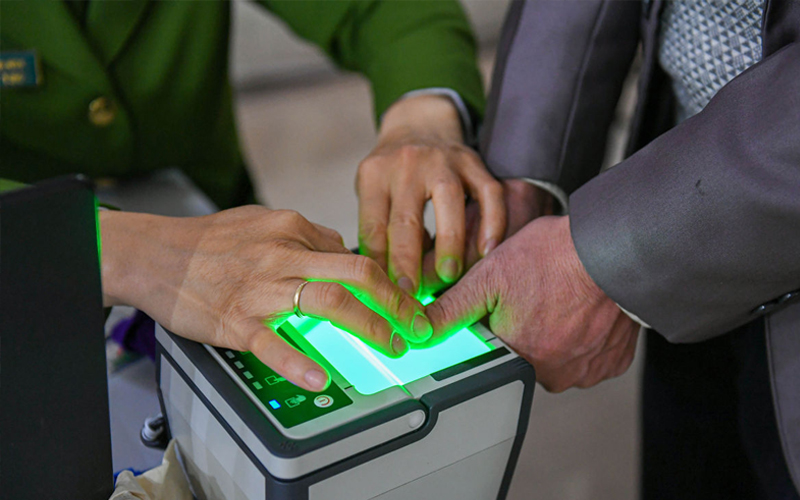 For those switching from barcoded CCCD to CCCD with a chip
For those switching from barcoded CCCD to CCCD with a chip
Procedures for obtaining a new CCCD with a chip for the first time
The procedures for obtaining a new CCCD with a chip for the first time are as follows:
Procedures for obtaining a CCCD with a chip by replacing the old CMND or CCCD
For reference: Latest guidelines
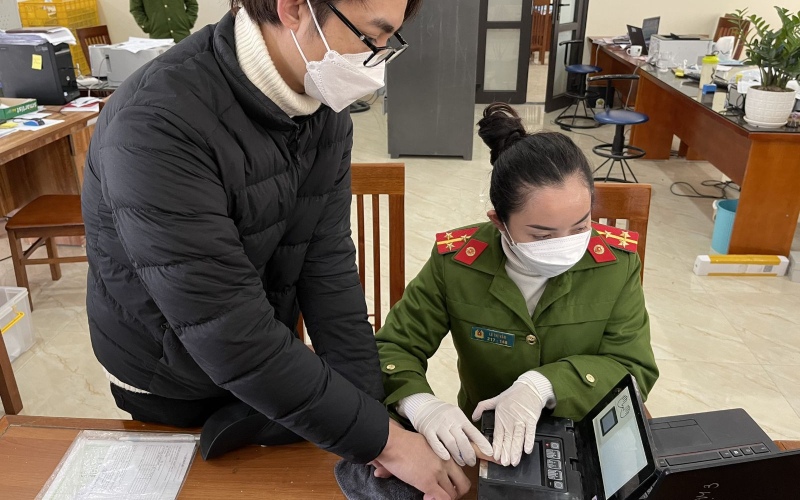 Procedures for obtaining a CCCD with a chip
Procedures for obtaining a CCCD with a chip
3 Frequently Asked Questions about the New Citizen Identification Card with a Chip
What is the fee for obtaining a CCCD with a chip?
The fee for transferring from a 9-digit or 12-digit CMND to a CCCD with a chip is VND 15,000/card (applicable from 01/01/2021 – 30/06/2021) and VND 30,000/card from 01/07/2021 onwards.
 What is the fee for obtaining a CCCD with a chip?
What is the fee for obtaining a CCCD with a chip?
For damaged CCCDs, or for changes in information or identifying features, the fee is VND 25,000/card (applicable from 01/01/2021 – 30/06/2021) and VND 50,000/card from 01/07/2021 onwards.
For lost CCCDs, the reissue fee is VND 35,000/card (applicable from 01/01/2021 – 30/06/2021) and VND 70,000/card from 01/07/2021 onwards.
For reference: Fee schedule and exemption cases
How to look up the CCCD number on the CCCD with a chip?
Lookup using the QR code on the CCCD with a chip
For iOS users, simply open the camera app and scan the QR code on the CCCD with a chip to view personal information on the phone screen.
For Android users, follow these steps:
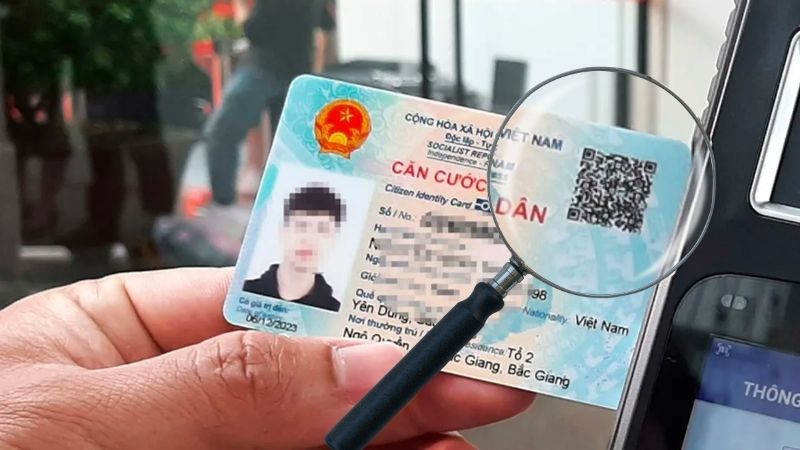 Lookup using the QR code on the CCCD with a chip
Lookup using the QR code on the CCCD with a chip
Lookup on the National Database of Population
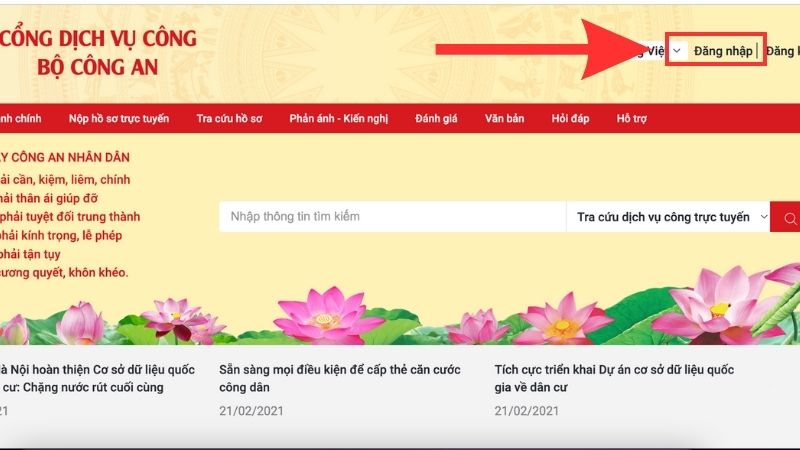 Access the Ministry of Public Security’s Public Service Portal and select Login
Access the Ministry of Public Security’s Public Service Portal and select Login
 Log in using your National Public Service Portal account
Log in using your National Public Service Portal account
 Select Search Records and then Citizen Information
Select Search Records and then Citizen Information
 Enter all the required information and select Search
Enter all the required information and select Search
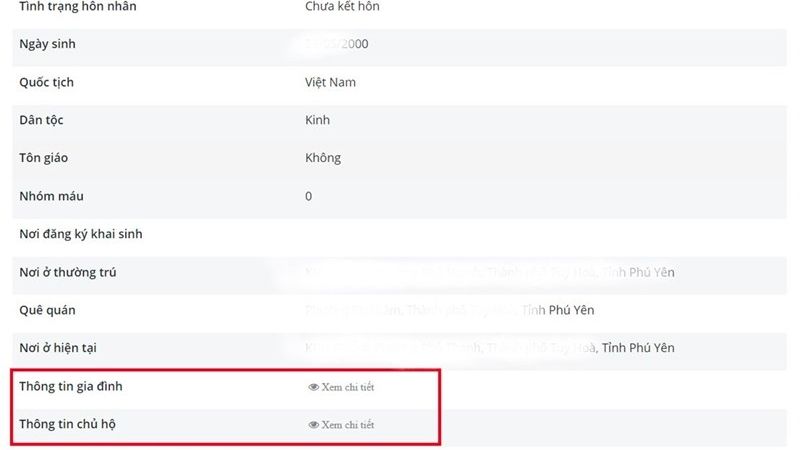 View personal information
View personal information
For reference: How to look up personal information online
Who needs to obtain a new CCCD with a chip or switch from the old one?
According to Article 23 of the Law on Citizen Identification 2014 and Article 5 of Decree 05/1999/ND-CP, the following cases should obtain a CCCD with a chip before July 1, 2021:
– Citizens who have reached the ages of 25, 40, and 60, or whose CMND has expired;
– Damaged CCCD that is no longer usable;
– Changes in information such as first name, middle name, last name, or identifying features;
– Re-determination of gender or hometown;
– Corrections to information on the card;
 Who needs to obtain a new CCCD with a chip or switch from the old one?
Who needs to obtain a new CCCD with a chip or switch from the old one?
– Lost CCCD or CMND;
– Citizens who have changed their place of permanent residence outside the province or central city;
– Those who have regained Vietnamese nationality according to the Law on Vietnamese Nationality.
Cases that do not require a new CCCD are those with a 12-digit CMND, a barcoded CCC


































